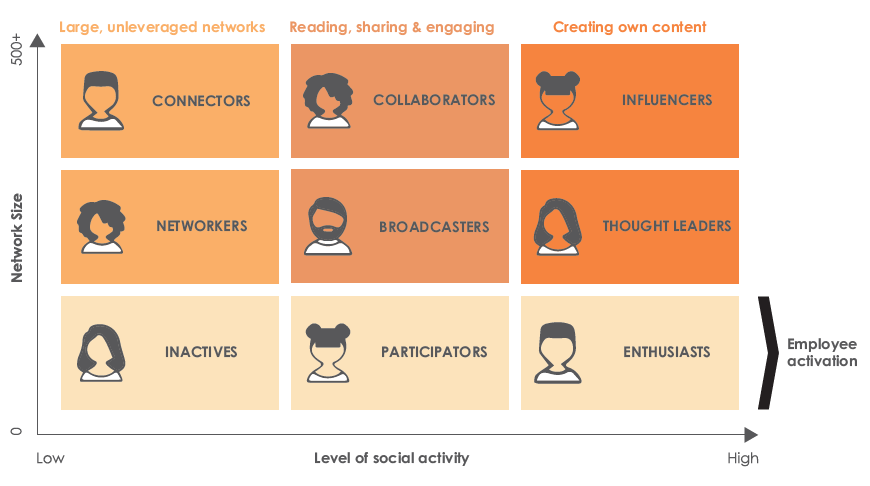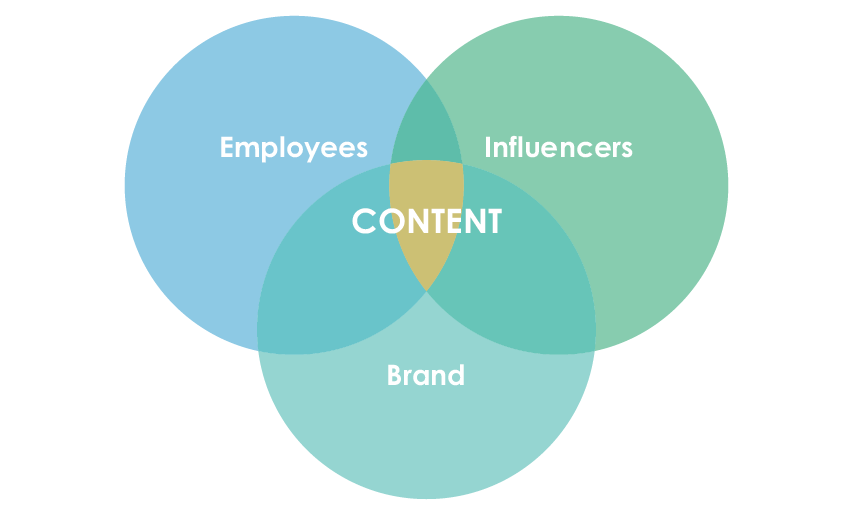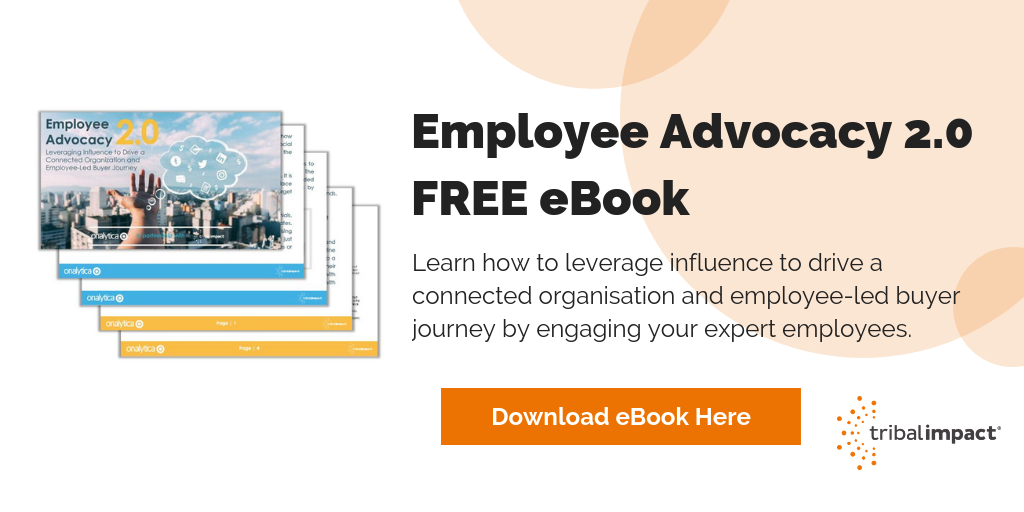
When an employee advocacy program is launched, its departmental ownership can create problems. It could be owned by a variety of departments, including Marketing, Digital & Social Media, Employee Communications, HR, or even PR.
The problem is, each of these teams will have slightly different objectives for the program, none wrong, but which do not necessarily support one another. Ownership, therefore, can quickly turn into the first barrier to success for the program.
According to research conducted by the Hinge Research Institute, 51.7% of employee advocacy programs are owned by marketing, but ‘no specific department’ comes in as second most common owner. This hints at the lack of consistency, or ‘obvious’ place for the program to sit within an organisation.
In actual fact, for an employee advocacy program to be successful, it needs ownership from across the organisation. A centralised team should be formed, with clear deliverables for each department. This approach has the added benefit of ensuring that content is gathered from different angles and points of view, giving employees a richer feed from which to share.
The recent Employee Advocacy 2.0 report, co-authored by Tribal Impact and Onalytica, takes this approach a step further. It talks about an integrated model where employee advocacy, social selling and influencer marketing are considered holistically as one activity, rather than treated as individual tactics.
This subtle tweak represents a major difference in the way we traditionally think about employee advocacy and the new world of Employee Advocacy 2.0. Here’s our list of 3 actions that you can undertake to successfully integrate employee advocacy, social selling and influencer marketing.

1. Audit: Understand Your Starting Position
The underlying mindset shift in achieving this integration is to consider your employees as your largest pool of potential brand advocates and influencers. You therefore need to get an understanding of where each employee is in terms of their audience size and social activity.
Conducting an audit to find this out will help you to identify which advocacy persona they are and, from this, you can help them to transition towards an increased network and more social activity, hence moving them closer to becoming an ‘influencer’. Our 'Social Media Impact Quiz' can help you do just this - a free quiz to help employees discover their 'social media maturity' - check out this blog post which includes a link to the quiz (it's free with no registration required!) for more information.

2. Content: The Underlying Common Factor Of Success
Of course, the one thing that employee advocacy, social selling and influencer marketing have in common is content. As part of this process, you will be able to better understand the type of content that your employees need, whether they have their own niche topics which could add value to your brand message, as well as educating them in how to share and add value to the content you are providing.
By aligning the three tactics, you will open up the dialogue between the teams, making it far easier to align your sales and marketing through the content you produce. To quote the Employee Advocacy 2.0 report; “Advocacy programs thrive when content is focused on innovating and solving industry problems, rather than product marketing and driving sales.”
.png?width=1024&name=employee%20advocacy%20tool%20admin%20(3).png)
3. Balance: Empowerment (which drives confidence) Is Key But So Is A Measure Of Control And Project Management
Employee advocacy, social selling and influencer marketing are all employee-led programs. Because you want your people to gravitate towards the more influential personas and feel confident in sharing and adding value to content that their audience is looking for, they need the empowerment to feel they can share and comment. But, as with all large and complex programs, there needs to be some clear instruction and robust program management to ensure people know what they need to do and what is expected of them.
Michael Brito, EVP at Zeno Group put this point clearly, when he says “Programs should not be managed in silos. Several times, employee advocacy programs are managed internally by HR, Employee Engagement or PR teams. If that’s the case, it’s critical that these teams share plans and programs with other internal stakeholders like product marketing, social media, or advertising/media. Smart and innovative brands are integrating employee-driven programs into larger brand activations and influencer marketing programs.”
Essentially, content is at the heart of the integrated relationship between employee advocacy, social selling and influencer marketing. Creating great content will lead to success for all invested teams and, in turn, will make it easier for your people to adopt the program.
These steps toward an integrated approach are the building blocks of creating a social culture within your business.

